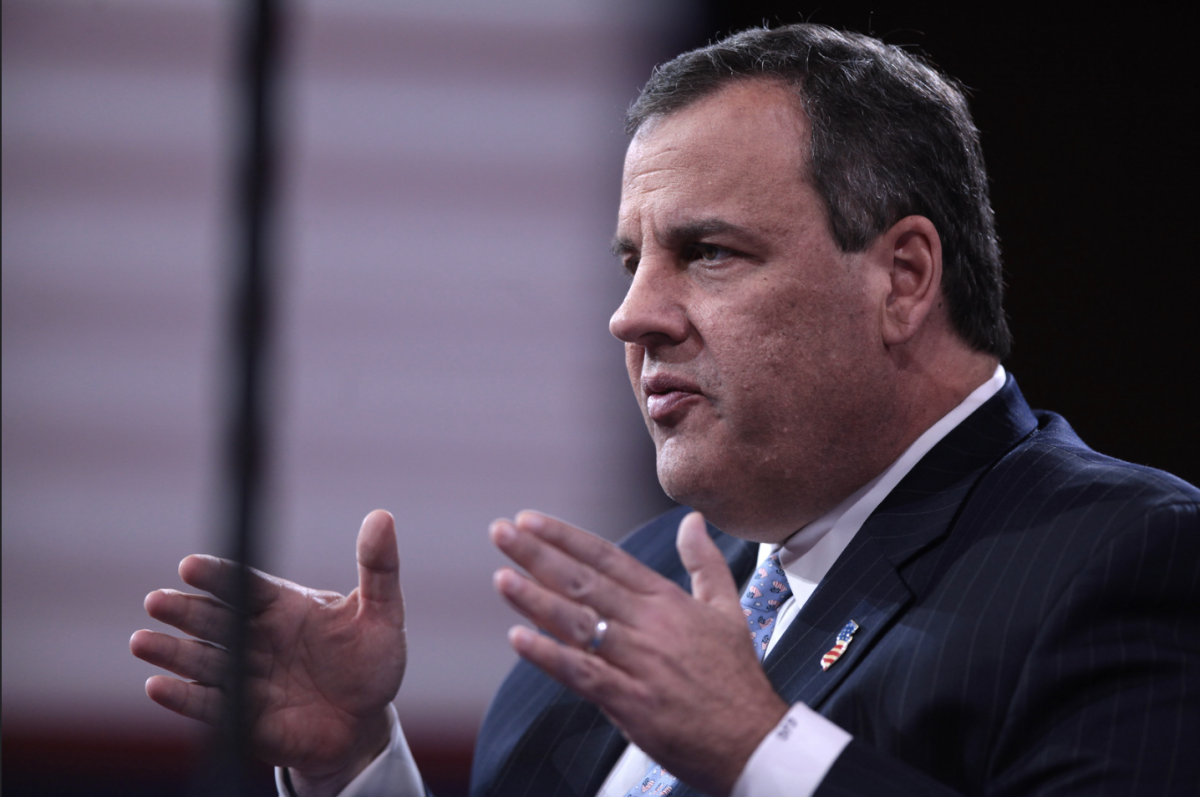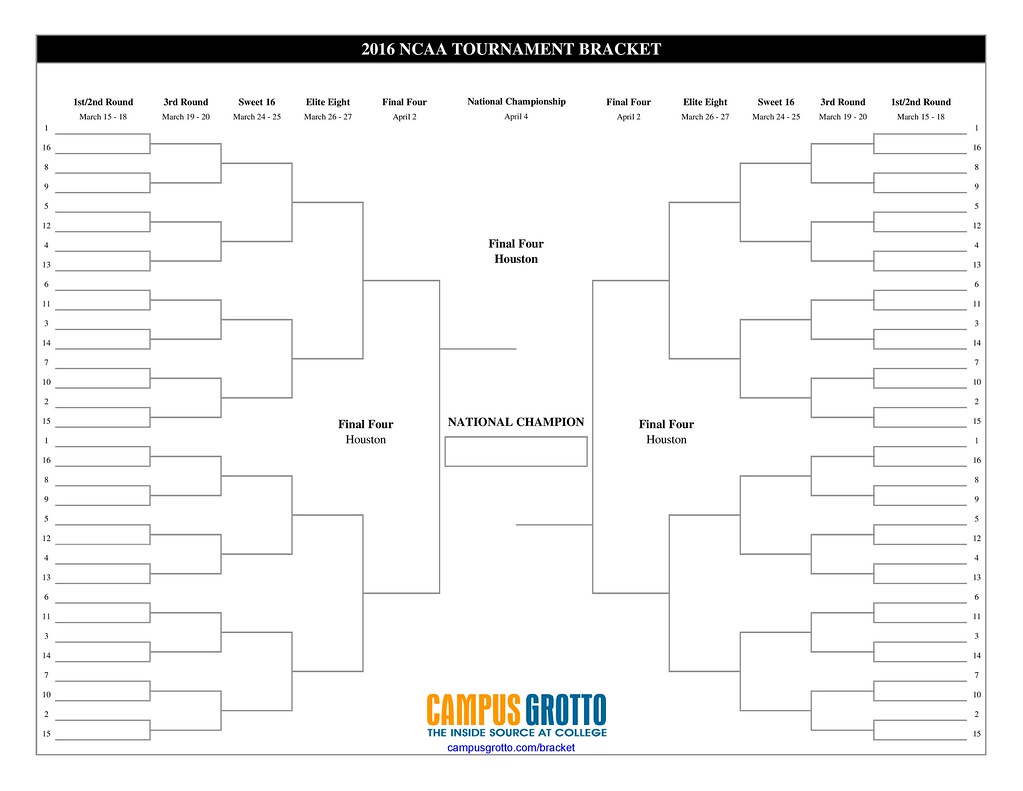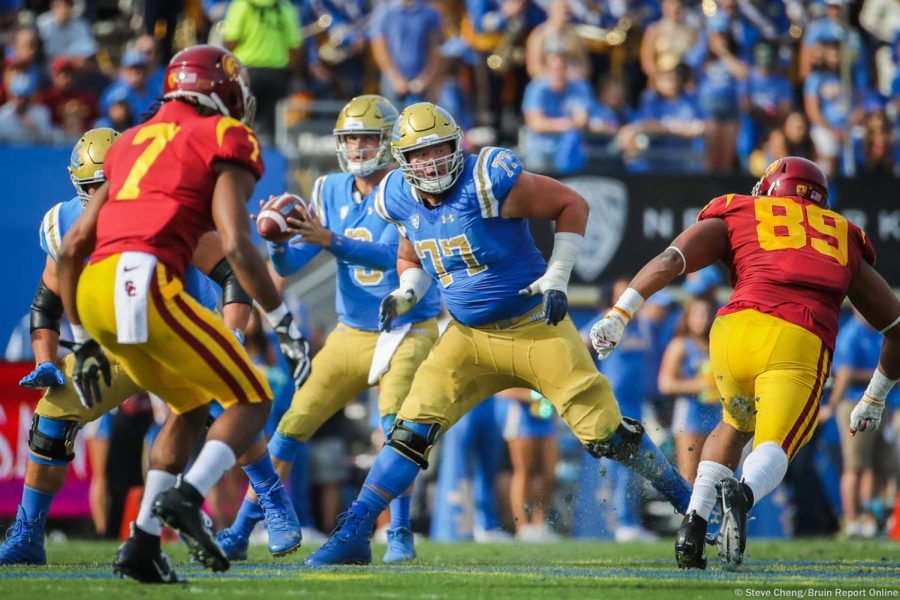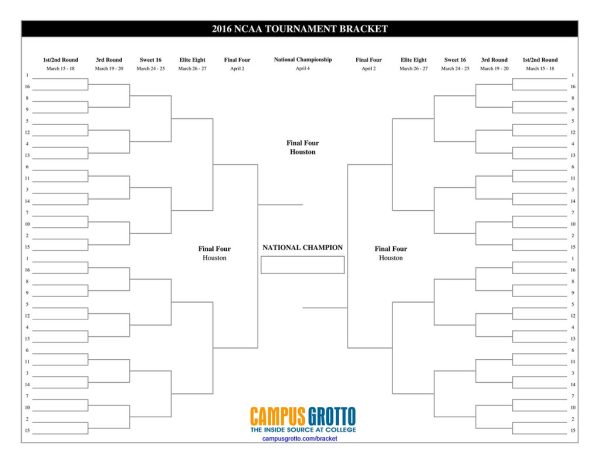College Football’s Changing Landscape
Reviewing Recent Major Conference Changes in College Football
September 27, 2022
Over the past several months in College Football (CFB), many unexpectedly sudden announcements have completely changed national conference realignment. In particular, one general trend has occurred in the world of CFB: wealthier conferences becoming larger and poorer conferences losing members.
To commence the College Football madness, the University of Texas and the University of Oklahoma left the Big 12 and announced that they would join the SEC in 2025. For the SEC, which is widely recognized as a preeminent collegiate football conference, the addition of Texas and Oklahoma to the league was a surefire way to increase TV ratings and include better athletic competition. The expanded SEC, however, would have a detrimental effect on the Big-12 as the Big-12 also experienced a forced conference realignment. Starting in 2024, BYU, UCF, Cincinnati, and Houston will join the Big 12. While these teams have a large, dedicated, and geographically diverse fan base, replacing Texas and Oklahoma with these smaller schools will be a daunting task for the Big 12. But the madness did not end there.
On June 30, 2022, the College Football world was again rocked by a major announcement: USC and UCLA will join the Big Ten. In some ways, this announcement should not have been surprising. The Big Ten, historically a conference comprised of Midwestern academic and athletic powers, expanded both geographically eastward and westward in the last decade, with the additions of Nebraska, Maryland, and Rutgers into the Conference. Still, the inclusion of USC and UCLA will allow the Big Ten to reach the Greater Los Angeles television market and significantly increase the appeal of the Big Ten on the West Coast. The rumors of Big Ten expansion did not end there, as rumors were swirling around that independent Notre Dame, and PAC-12 members Oregon, Stanford, and Washington were also interested in joining.
The announcement of USC and UCLA joining the Big Ten was both shocking and devastating for the already struggling PAC-12, as with the conference’s two strongest members leaving the PAC-12 is now vulnerable. For example, days after the USC and UCLA news, “CBS .. reported that power brokers from the Big 12 were in “deep discussions” with six Pac-12 schools — Arizona, Arizona State, Colorado, Utah, Oregon, and Washington — about joining the new-look Big 12.” Furthermore, the Pac-12 struggled to pay its member schools, as University conference payouts “fell from $33.6 million in 2020 to $19.8 million in 2021 and were the lowest among the Power Five by a significant margin.”
The financial implications of leaving the Pac-12 were timely. I asked IMG Performance President Tim Pernetti – who as Athletic Director guided Rutgers into the Big Ten conference in 2014 – for his thoughts on the realignment developments. He explained that “If you look at the recent history, major shifts have always occurred just in advance of major media rights agreements being negotiated. Any institution in a large media market has the strongest asset of all as conferences expand to bring a larger audience, and geographic footprint to leverage the maximum revenue for their media rights. This formula has given existing members of conferences substantially more revenue and allowed new members to access shares that are far larger than their previous conference.”
While a complete merger looks unlikely in the Fall of 2022, a future merger between the Pac-12 and the Big-12 could happen as both conferences jockey to be the ‘Third Superpower’ in the changing College Football world. This hypothetical Big-12/Pac-12 “super conference” would be popular in the Western United States and the winner of the Conference would likely have an automatic bid to the recently expanded 12-team College Football playoff.
Currently, the future of College Football conference realignment is uncertain and in upheaval, with bigger conferences picking the best members of smaller conferences. With expanded playoffs, teams will look to also have a more challenging regular schedule as they worry more about seeding within the playoff and less about qualifying. Ultimately, Pernetti explained that “The expanded College Football Playoff and prospective secession of the Power 5 from the NCAA make the next chapter to unfold the most interesting of all.”
Sources/Links:
https://big12sports.com/news/2021/9/10/big-12-conference-adds-four-new-members.aspx




































